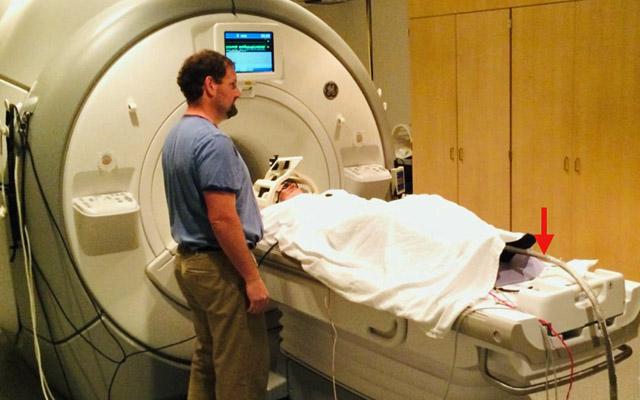How I Learned to Sleep Better and Keep My Mobility
/By Madora Pennington
What do you lose when lose your ability to get up, walk, move about, and do things for yourself?
Independence.
Moving your body around requires muscles, stability, balance, good joints, and brain function. If that is lost, you need others to help you do things.
You may not be able to do your own cooking and cleaning. Getting groceries yourself might be too difficult. Even if you get them delivered, you might not be able to put them away. You risk falling and getting injured or not being able to get up. You miss out on social events. You may find yourself isolated and depressed. You’ll need more healthcare services. You might even end up in assisted living.
The number one cause of disability in the United States is loss of mobility, affecting 13% of adults. Many chronic conditions can lead to it: Parkinson's, multiple sclerosis, diabetes, arthritis.
One thing has been shown to slow the loss of mobility for all of them: good sleep.
A 2024 study followed over 70,000 women for eight years. Those that slept enough kept their ability to move and use their bodies. Those that didn’t reported being very sleepy during the day and lost mobility over time.
It seems that no matter what your chronic condition is — or even if you have none – sleeping too little may speed you towards disability.
These results are not surprising. A healthy diet, exercise, and good sleep are accepted as pillars of good health. Improving diet and exercise can be hard, requiring time, effort and education. But solving poor sleep can be a nightmare.
Here are some things I learned from a therapist years ago, when I was having night terrors every night. I would awaken in a state of hyper-arousal, confused about where I was and very afraid. I was diagnosed with PTSD, which is thought to be a disorder of circadian rhythm.
My body, I was told, had lost its sense of when it was time to rest and rejuvenate, and when it was time to be in action and face challenges. The therapist recommended fixing my dysregulated internal clock.
You do that by making sure the bedroom is used for sleep only. That means you avoid hanging out in bed or the bedroom — no eating, no watching TV, no knitting, reading, whatever.
“Can I fold the laundry on the bed?” I asked.
“It would be better to do it elsewhere,” the therapist said. “Stay out of your bedroom during the day as much as possible, so the bedroom itself signals sleepy time.”
Another tip was to avoid bright lights in the hours before bedtime. And to get some red lights to mimic the sun setting.
If you lie in bed feeling anxious and frustrated, you risk training your brain and body that the bed is a stressful place and not for sleep.
If you can’t sleep or go back to sleep, get out of bed and leave the bedroom. Keep the lights low, or even better, make them red. Move around. Unload the dishwasher. Pet the cat. Get right back in bed when drowsiness returns.
Get into bed at the same time every night, before 10 p.m. Set an alarm and get out of bed after eight hours, no matter what. No naps. Don’t confuse the body.
As odd as they seemed at the time, these simple suggestions went a long way in improving my sleep and my whole PTSD phenomena. I still stick to them. I don’t read, relax or watch TV in bed, unless I’m doing it as part of my bedtime routine. If I am sick, I rest elsewhere during the day.
I’ll admit, I do love a weekend nap sometimes. But I only take one if it’s before 2 p.m. Any later than that, and I might not fall asleep easily at night, a habit I do not want to promote.
When I do take a nap, I sleep upright on a bean bag or the couch, with the curtains open and a video playing. That way, my body understands this is a shallow nap – I have not entered a different time zone.
To wake up refreshed and rested is a gift to yourself and those around you. Many issues can prevent regular, deep, restorative sleep. Pain is a sleep interrupter. Antihistamines, benzodiazepines, opioids and alcohol may help put you to sleep, but keep you out of the REM stages of sleep that are needed for repair.
Find knowledgeable practitioners and good advice to help. The right solutions for good sleep are the ones that work for you.

















